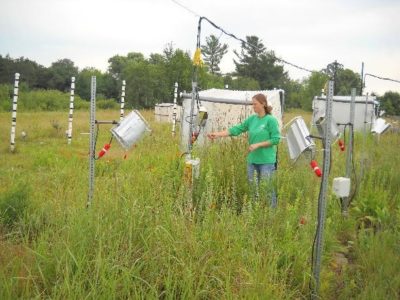
Soil Resources Limit Grassland Ecosystems’ Response to Elevated CO2
Soil Resources Limit Grassland Ecosystems’ Response to Elevated CO2
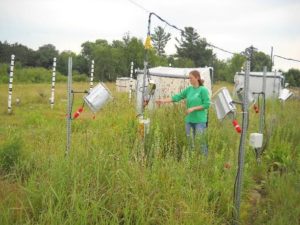
CDR Experiment E141 – BioCON (Biodiversity, CO2, and N) / TeRaCON (Temperature, Rainfall, CO2, and N) experiments.
Credit: Susan Barrott
In two nested global change experiments, nitrogen (N) and soil moisture jointly constrained the response of biomass production to elevated CO2 over the long term. When both water and N were limited, elevated CO2 did not affect plant biomass. When neither resource was limited, elevated CO2 caused an increase in plant biomass.
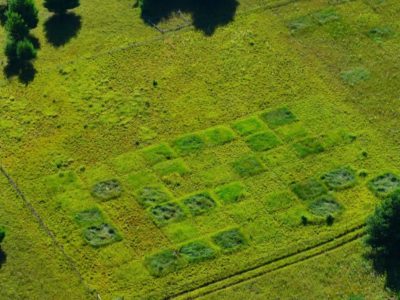
Chronic N Enrichment Alters Plant Biodiversity and Community Composition
Chronic N Enrichment Alters Plant Biodiversity and Community Composition
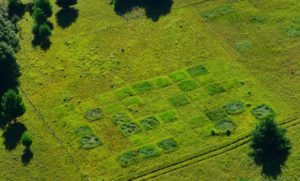
CDR Experiment E002 – Long-Term Nitrogen Addition to Disturbed Vegetation.
Credit: Jacob Miller
Chronic N addition reduced plant species richness and led to the local extinction of species with efficient N use. Species richness returned to its original level after ceasing the addition of low levels of N. These changes in composition were readily reversed after low levels of N were no longer added. However, species richness did not recover two decades after ceasing the addition of high levels of N. Network-wide synthesis projects are testing how applicable this observation may be across different ecosystem types.
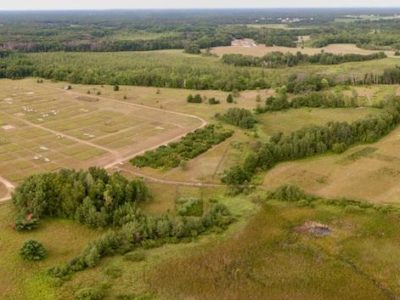
Biodiversity Increases Ecosystem Productivity and Stability
Biodiversity Increases Ecosystem Productivity and Stability
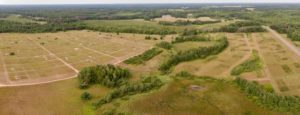
Left =1994 Big Biodiversity herbaceous community plots. Rectangular grid adjacent to lower right corner of Big Bio = 2012 forest biodiversity experiment (FAB l) high density forest plots. Far right gridded section = 2015 forest biodiversity experiment (FAB ll) low density plots.
Credit: Forest Isbell
Research in the 1990s demonstrated that more diverse herbaceous plant communities are more productive and exhibit less year-to-year variability in net primary productivity (NPP). Recently, this positive relationship has also been observed in forest communities. New CDR LTER research also indicates that the relationship increases in strength with experiment duration in grasslands. Recent network-wide synthesis projects are scaling results up from biodiversity experiments to natural communities and testing predictions.










